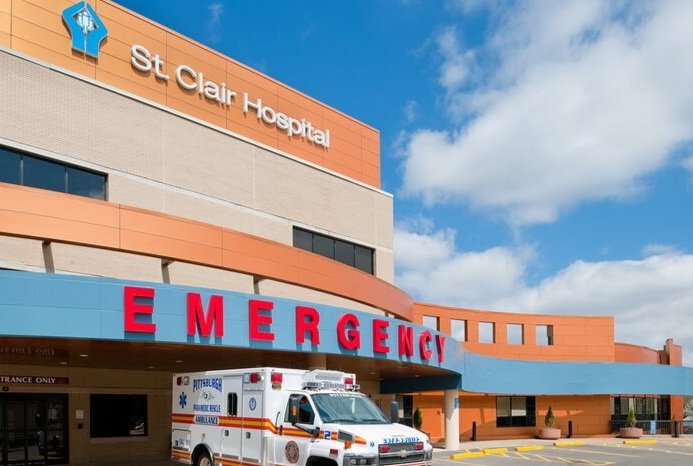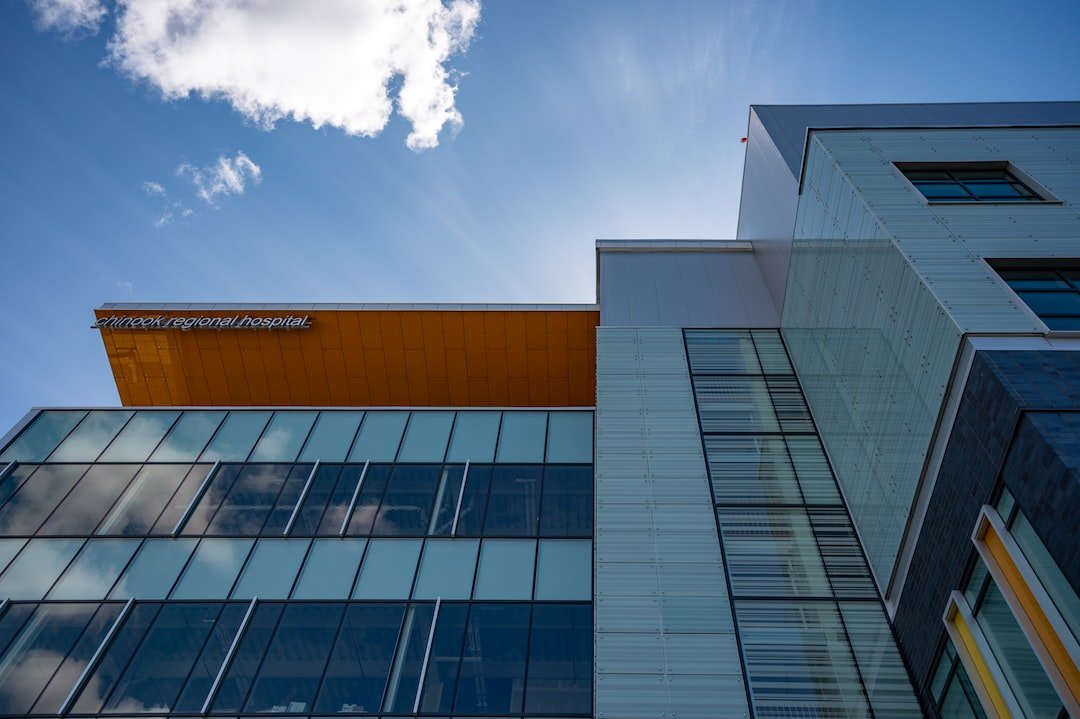HCAI Solutions & Support
HCAI Requirements
Architectural Systems, Inc is familiar with HCAI requirements, and our team of professionals can assist architecture firms in navigating the legal requirements set forth by HCAI.
Preparation for HCAI projects can be complicated, time consuming, and confusing. ASI has expertise in HCAI project proposals, planning, and execution and can help you complete your project on time and within budget.


High Quality Materials
When it comes to our high quality materials, we are subject experts and able to work as consultants to answer questions and provide expertise as necessary. We have years of experience navigating the complexities of plan review by HCAI, and are happy to work with you to design your building’s exterior in compliance with these important standards.
Contact us to learn more about ASI’s HCAI certified products list.
Frequently Asked Questions
The Department of Health Care Access and Information (HCAI), formerly called Office of Statewide Health Planning and Development (OSHPD), is a California department which provides regulations regarding construction within the healthcare sector. HCAI also governs financial aid to healthcare facilities, and data collection regarding healthcare.
HCAI regulation really comes down to emergency preparedness. Unfortunately, natural disasters like earthquakes and fires, among others, are all too common in California.
After the Sylmar Earthquake in 1971, it became clear that legislation would need to be created in order to provide a faster and more viable recovery to the public after such an event.
Therefore, a dozen years later, the Alfred E. Alquist Seismic Safety Act of 1983 was implemented. The purpose of the legislation is to ensure that Hospitals, among other healthcare facilities, are able to provide adequate aid to the public after a natural disaster, without disrupting the care of current patients. This is to avoid a situation where a hospital, or multiple hospitals, need to be evacuated and become nonoperational due to a disaster, rendering them unable to care for those injured by said disasters.
To answer that, it’s important to understand how natural disasters affect our medical infrastructure. When an event such as a large earthquake happens, many services which we commonly take for granted can be disrupted.
Aside from the general damage to the building’s exterior and interior, there can be disruptions in natural gas supply, electricity, water, and other critical resources. Buildings within the medical care sector should be equipped to handle emergencies, and built to prevent the most catastrophic failure when it comes to their construction. Therefore when working on these specific projects, such as nursing homes, hospitals, and skilled nursing facilities, among other health care projects, it is important to be aware of HCAI regulations in order to get the proper approvals when it comes time.
Some projects may be exempt from the HCAI plan review process. If the specific criteria is met for exemption, a project (commonly a maintenance or repair project) may be exempt. The criteria can be found under section AB 2632.
Additionally, if a project for a hospital, skilled nursing facility, or intermediate care facility costs less than $50,000, it can be exempt. However it is important to note that although these projects may be exempt from the plan review process, they are not exempt from building permits or from HCAI observation.
If your project is a new project, or otherwise non exempt from HCAI plan review, it will be subject to regulatory governance from the HCAI as it progresses through planning and construction. This is where ASI can help.
